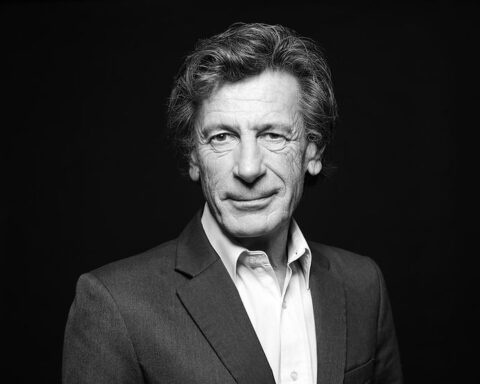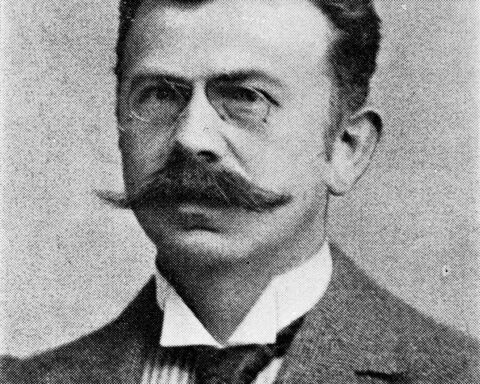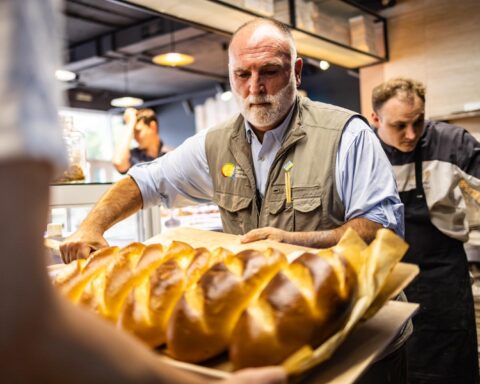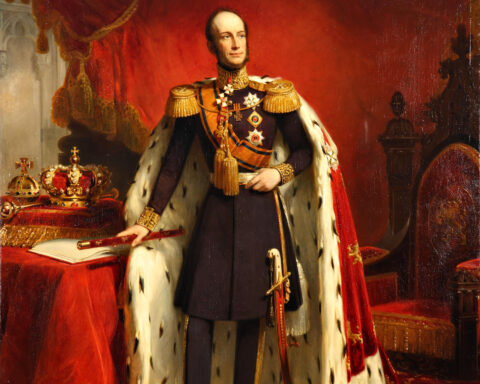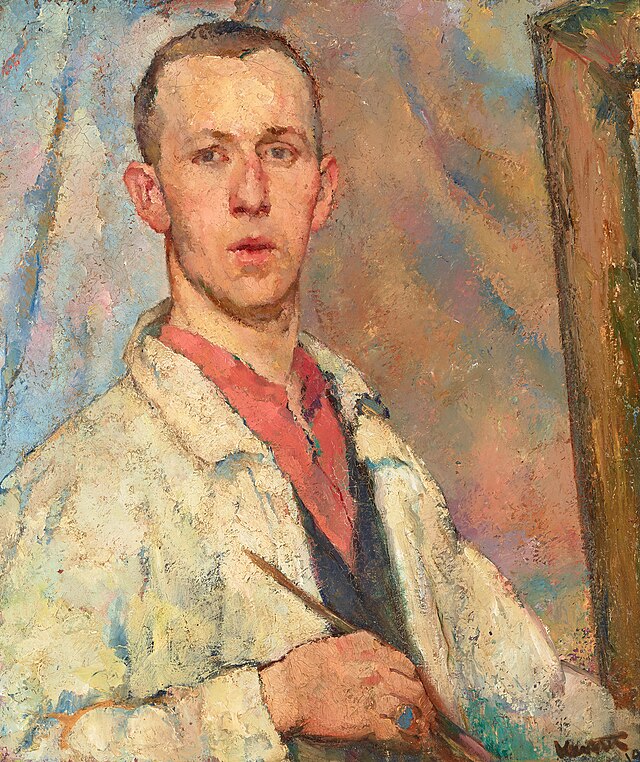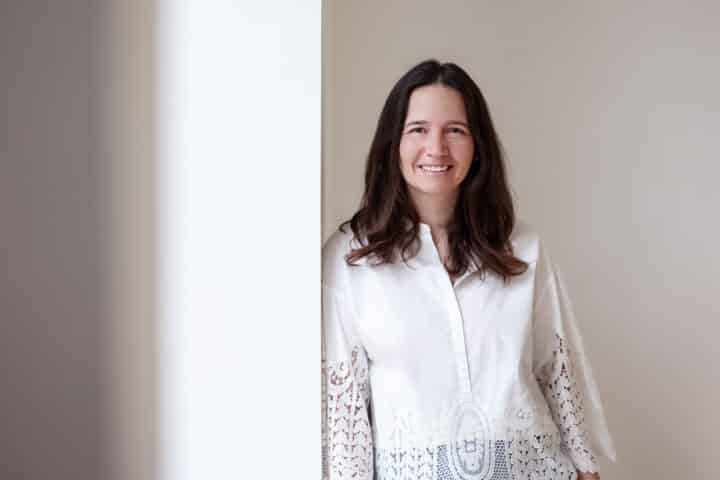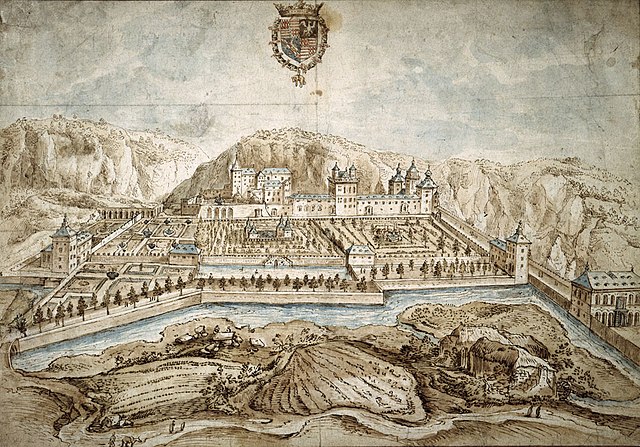Joseph Kutter, Luxembourg’s foremost modern painter, shaped the Grand Duchy’s artistic identity through bold expressionism and human-centred themes.
Formative Years and Artistic Evolution
Born in Luxembourg City in 1894, Joseph Kutter emerged from a family steeped in visual culture—his father, Paul Kutter, was among the city’s earliest photographers. Kutter’s artistic journey began at the École d’Artisans in Luxembourg, followed by studies at decorative art schools in Strasbourg and Munich. In Munich, he encountered German Expressionism and the works of Wilhelm Leibl, which profoundly influenced his early style. Despite initial resistance in his homeland, Kutter gained recognition in Germany, exhibiting at the Munich Secession from 1919. However, the rise of the Nazi regime and its denunciation of modern art as “degenerate” led him to cease exhibitions in Germany by 1933. Returning to Luxembourg in 1924, he co-founded the Luxembourg Secession movement in 1927, advocating for avant-garde art. His work began to reflect a synthesis of German Expressionism and influences from French and Belgian art, particularly the styles of Cézanne and Flemish Expressionists. Kutter’s paintings from this period exhibit a distinctive approach, characterized by vivid colors, strong lines, and a focus on the human figure. His subjects often appear in the foreground, reminiscent of photographic portraits, a nod to his familial background in photography. This period marked a significant evolution in his artistic expression, as he developed a unique style that positioned him as a central figure in Luxembourg’s modern art scene.
Capturing Inner Worlds
Kutter’s oeuvre is marked by a profound exploration of the human condition, often through depictions of figures with exaggerated features and emotive expressions. His portraits frequently feature subjects with prominent noses and intense gazes, conveying a range of emotions from melancholy to introspection. Among his most notable works is “Head of a Clown” (1937), housed in the National Museum of History and Art in Luxembourg. This painting exemplifies his focus on clowns as a motif, which became prominent in his later years. These clown figures, often portrayed with a sense of sorrow, are interpreted as reflections of Kutter’s own struggles with illness and existential angst. Another significant work is “L’homme au doigt coupé” (1930), part of the Centre Pompidou’s collection in Paris, showcasing his distinctive style and thematic concerns. Kutter’s ability to convey deep psychological states through his subjects’ expressions and postures underscores his mastery in capturing the complexities of human emotion. His works from this period not only solidified his reputation in Luxembourg but also garnered attention in international art circles, affirming his status as a pivotal figure in 20th-century European Expressionism.
“When that moment has passed, I stop and the painting is finished”
Legacy and Contemporary Recognition
Joseph Kutter’s impact on Luxembourg’s cultural heritage is profound and enduring. His pioneering role in introducing and developing Expressionism within the country has left an indelible mark on its artistic landscape. Posthumously, his work has been celebrated through numerous exhibitions, including retrospectives at the National Museum of History and Art. In 2024, the museum hosted “Dem Kutter seng Gesiichter,” an exhibition focusing on his portraits, highlighting the depth and diversity of his exploration of human subjects. Kutter’s influence extends beyond his paintings; his architectural endeavors, such as his avant-garde residence in Limpertsberg, reflect his commitment to modernist principles. His legacy continues to inspire contemporary artists and is a testament to his visionary contributions to art. Through his innovative techniques and emotive subject matter, Kutter not only shaped Luxembourg’s artistic identity but also secured his place in the broader narrative of European modern art.


